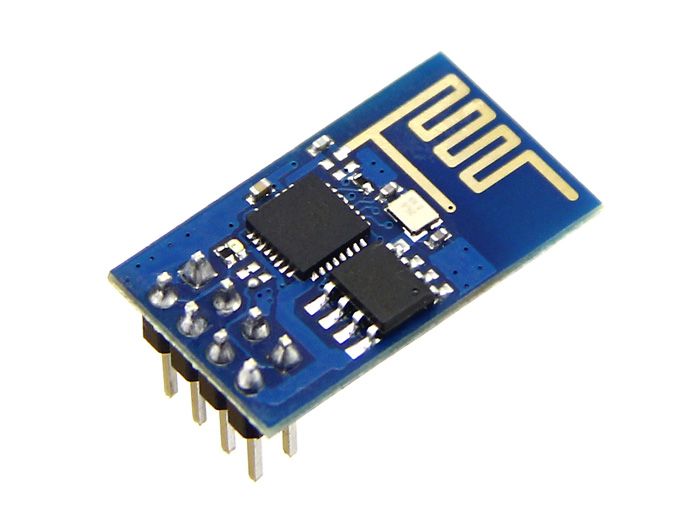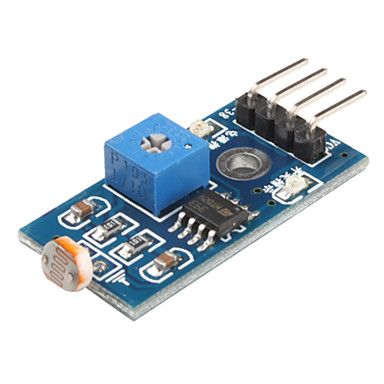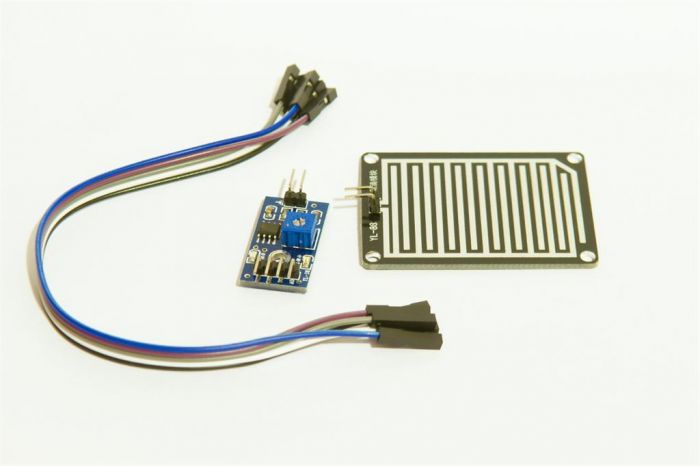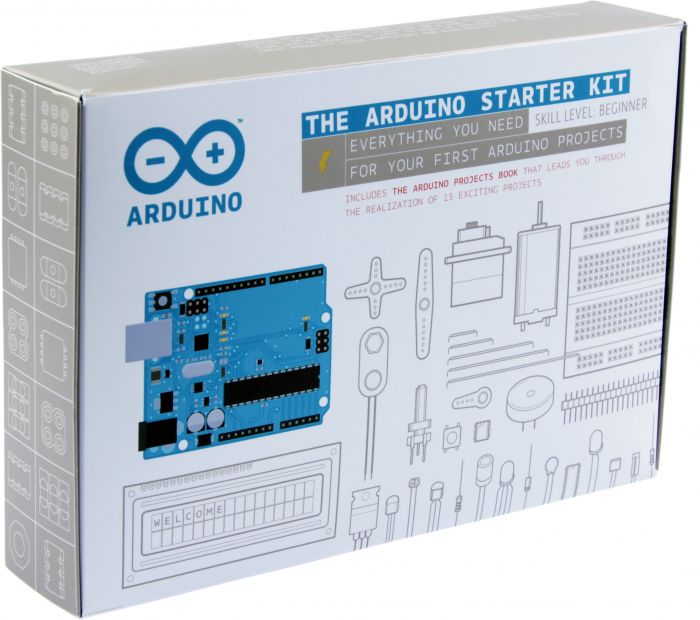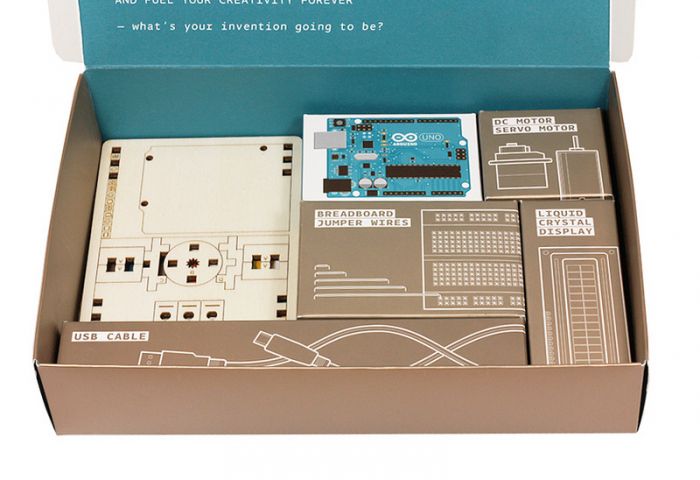Arduino
-
ESP8266 Serial WiFi Wireless Transceiver Module
$10.90ESP8266 Serial Wifi Wireless Transceiver Module is a low-cost, integrated Wi-Fi transceiver module designed for microcontroller projects. It operates on a single-chip SoC (System on Chip) and can be used to add Wi-Fi connectivity to microcontroller projects. The module can be connected to a microcontroller via serial communication, and it supports both station and soft access point modes, allowing it to connect to Wi-Fi networks or create its own network. The module can be programmed using the Arduino platform and has a small form factor, making it suitable for compact projects and wearable devices.
-
L298N Dual Motor Controller
$9.81The L298N Dual Motor Controller is a dual H-bridge motor driver integrated circuit (IC) that is commonly used to control the speed and direction of two DC motors. It can handle motors that require up to 46 volts and 2 amps of current, making it suitable for a wide range of applications. The L298N features an on-board 5V regulator, which can be used to supply power to an external control circuit. It also has a set of control pins for each motor, allowing you to set the speed and direction of each motor independently.
-
Photoresistor Light Sensor Module for Arduino
$3.27A photoresistor light sensor module for Arduino is a component that allows for the measurement of ambient light levels using a photoresistor. Photoresistors, also known as light-dependent resistors (LDRs), are electronic components that change resistance based on the amount of light that they receive.
A photoresistor light sensor module for Arduino is designed to be used with the popular open-source electronics platform and typically contains a photoresistor and a few other electronic components that allow it to interface with the Arduino board. The module is connected to the Arduino board through its analog input pins, which allow it to measure the analog voltage produced by the photoresistor.
-
Raindrops Detection Module – Rain Weather Sensor Module for Arduino
$5.45- A raindrops detection module, also known as a rain weather sensor module, is an electronic component used to detect the presence of rain. The module is designed to interface with microcontroller boards, such as the popular Arduino platform, and typically contains a rain sensor and a few other electronic components that allow it to communicate with the microcontroller.
The rain sensor in the module works by detecting changes in electrical conductivity due to the presence of water droplets on its surface. When water droplets come into contact with the sensor, they change the electrical conductivity of the sensor, which can be detected by the microcontroller board.
- A raindrops detection module, also known as a rain weather sensor module, is an electronic component used to detect the presence of rain. The module is designed to interface with microcontroller boards, such as the popular Arduino platform, and typically contains a rain sensor and a few other electronic components that allow it to communicate with the microcontroller.
-
Soil Moisture Sensor Module – Hygrometer Humidity Detector for Arduino Watering
$8.72A soil moisture sensor module is an electronic device used to measure the water content in soil. It works by measuring the electrical resistance of the soil, which changes with the amount of water present. The hygrometer humidity detector component of the module detects the relative humidity of the air, which can impact soil moisture levels. The module can be used with an Arduino microcontroller to create a smart watering system for plants. The system can use the data from the soil moisture sensor and hygrometer to determine when to water the plants and how much water to provide, ensuring optimal growing conditions.
-
The Arduino Starter Kit (Official Kit from Arduino)
$158.05This official Arduino Starter Kit (Original) with 170 pages of Arduino Project book walks us through the basics in a hands on way, with creative projects we build by learning, thanks to a selection of the most common and useful electronic components with a selection of 15 projects that start simple, in order to learn the basics of electronics, to more complex ones, using components that lets you control the physical world through various sensors. Once we have mastered this knowledge, we will have a palette of software and circuits that we can use to create something beautiful and make someone smile with what we invent.


